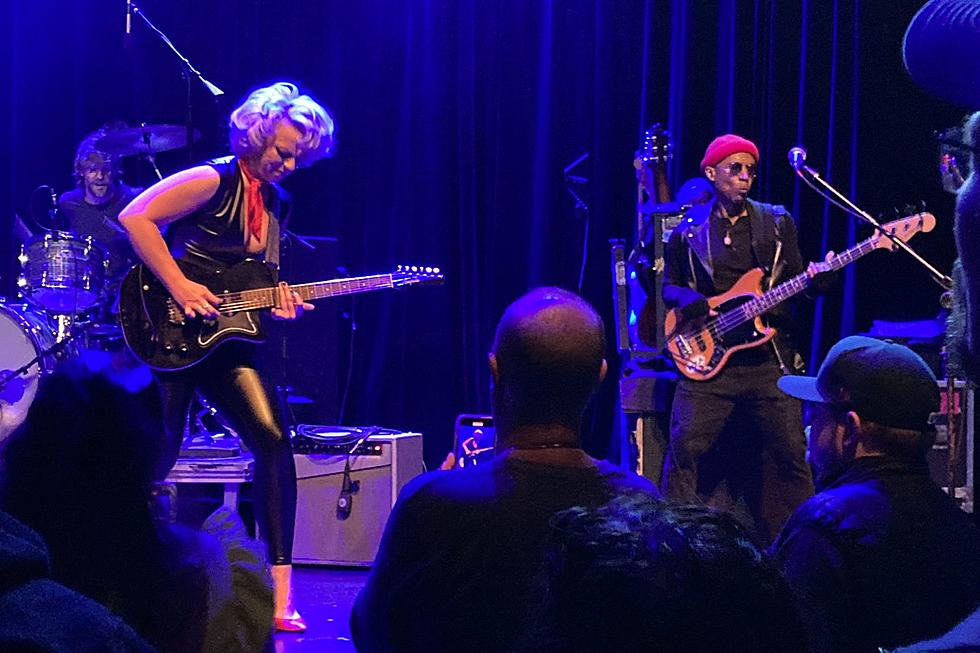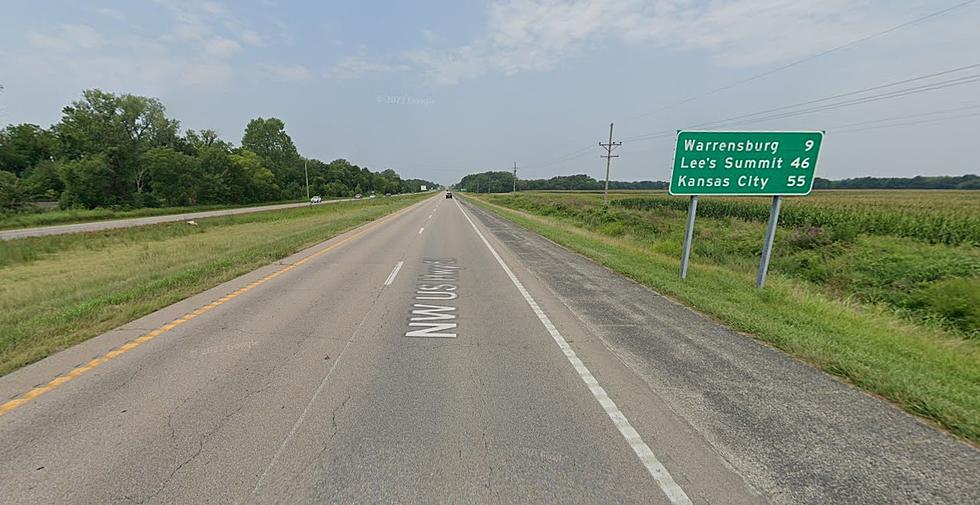
Battery Powered Trains Are Coming To Chicago
Metra, the commuter rail agency of Chicago, announced that they're boldly going where no other commuter rail agency in America has gone. They're buying zero-emission, battery-powered trainsets.

In a Metra press release talking about the new trainsets Metra CEO/Executive Jim Derwinski said, “This purchase demonstrates Metra’s commitment to cleaner power, to quieter trains, and to thinking outside the box as we plan for our future." He also mentioned that Metra is excited to bring this technology along with its efficiency, flexibility, and reliability to Chicago.
The new trainsets, which will be permanently or semi-permanently coupled self-propelled rail cars will be built by Stadler U.S. of Salt Lake City.
Metra's order includes a $154 million base order for eight two-car, battery-powered trainsets, with an option to buy eight additional trainsets and up to 32 trailer cars which can be added to create three or four-car trainsets for an additional $181.4 million.
Metra received a $169.3 million federal Congestion Mitigation and Air Quality grant to pay for the base order, and Metra will pay for the grant's required local match of 20 percent of the cost from Illinois' PAYGO program. You can take a look at the manufacturer's video on the trains here:
Two thoughts first came to my mind looking at the pictures and thinking about the base order of eight two-car trainsets. First, when and where would they run them? Metra doesn't run two-car trains during rush hour. More like eight, ten, and 12-car trains, which are double-decker trains. Secondly, how far can a battery-powered train go?
According to Metra, a fully charged train set can go 45-65 miles, and it'll take 20 to 30 minutes to charge a train whose battery is at 20 percent to get to 80 percent, which is enough for the train to operate.
Metra plans to use the new train sets during off-peak hours on the Beverly Branch of the Rock Island Line between downtown Chicago and Blue Island. That line is about 16 miles and the railroad believes the neighborhoods on the line would directly benefit from from improved air quality.
The railroad says the new trainsets will allow Metra to retire some of its oldest, most polluting diesel locomotives which are well beyond their useful life. The railroad expects the first train sets to be delivered sometime in 2027 or 2028.
I think these new trainsets will work well during the middle of the day, and perhaps on the average weekend, on the Rock Island Line. I was curious to see if Metra could use these trains on any other lines, and it is possible.
The railroad's popular Burlington Northern route from Chicago to the West Suburb of Aurora is 37 miles, while Metra's longest route is the Union Pacific Northwest Line extending 63 miles from downtown Chicago to Harvard, Illinois. Running the battery-powered trains to Harvard may be pushing it. Yet, with the proper infrastructure and enough equipment, Metra's battery-powered trains could handle a lot of off-peak services on different lines that range 30-40 miles in distance.
Whether that's in the future if these trains work how Metra expects them to I don't know. Yet, Metra's Southwest Service, the Burlington Northern line, and Metra's Heritage Corridor all travel through Chicago neighborhoods and a variety of towns which could all benefit from cleaner air, so it wouldn't surprise me to see Metra continue to invest in the trainsets if they work as advertised.
One thing is for sure, it's going to be a different look at railroad crossings around Chicago.
LOOK: These are the highways in Illinois with the most fatalities.
Gallery Credit: Stacker
LOOK: Cities with the most expensive homes in Chicago metro area
Gallery Credit: Stacker
More From AM 1050 KSIS









